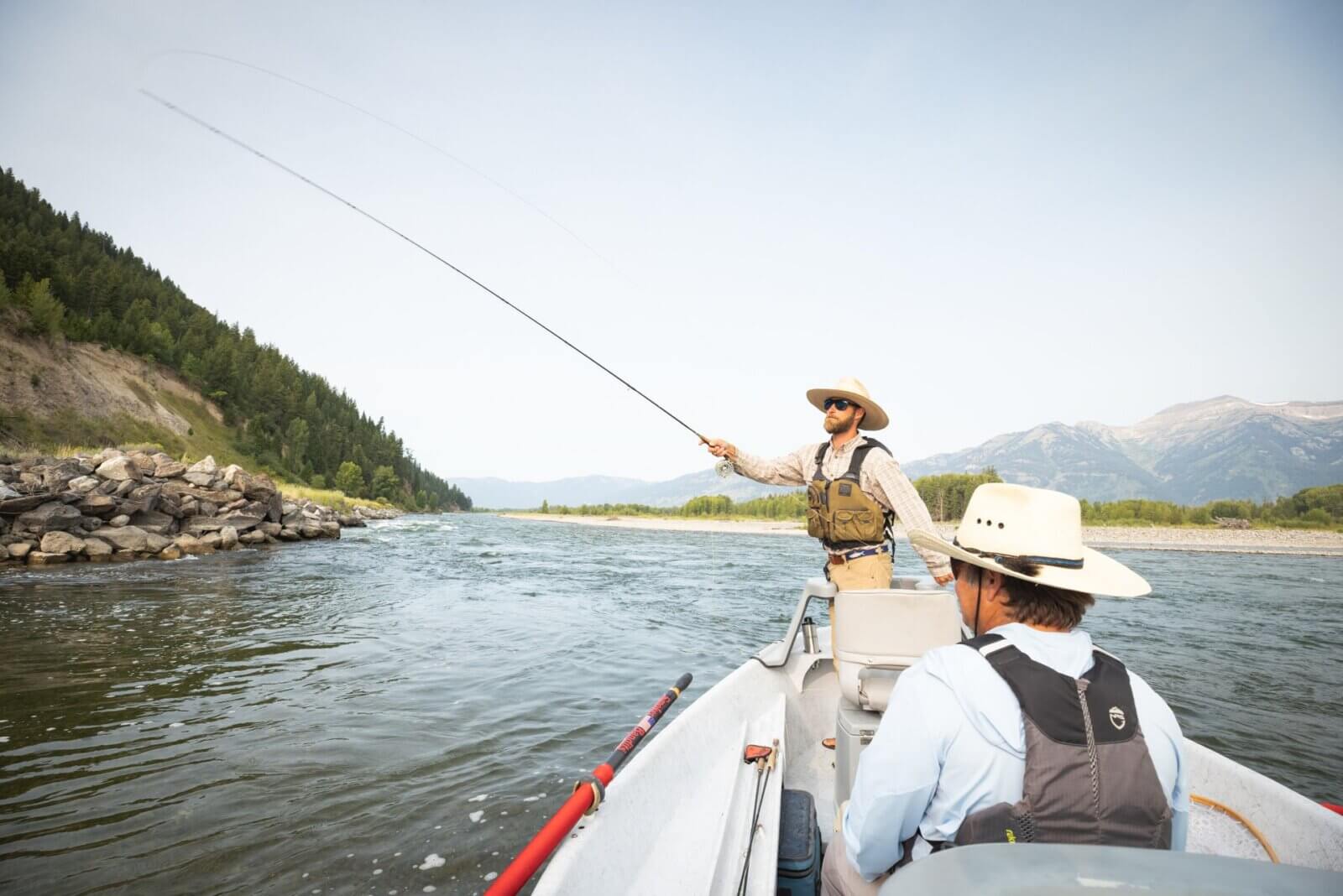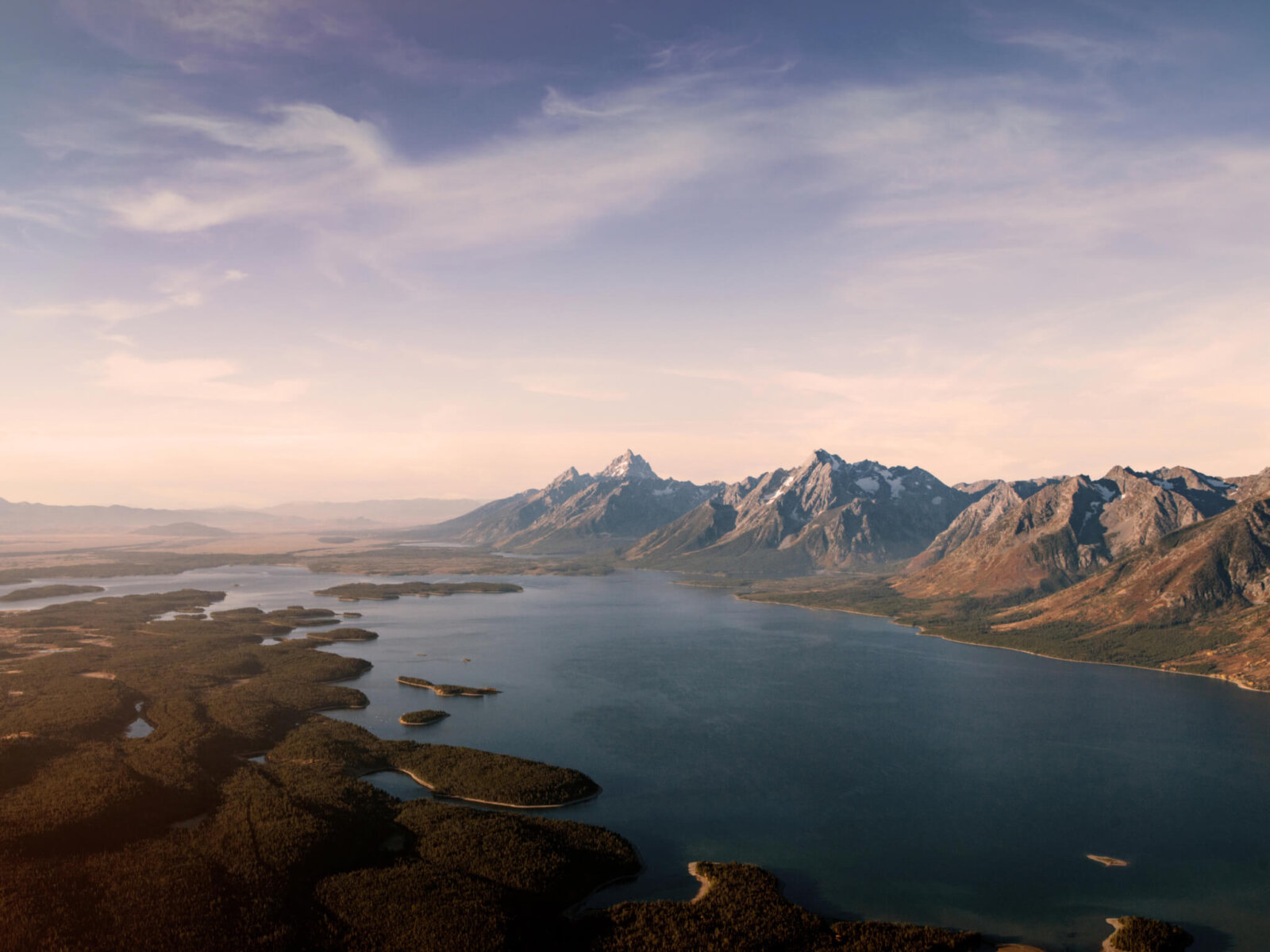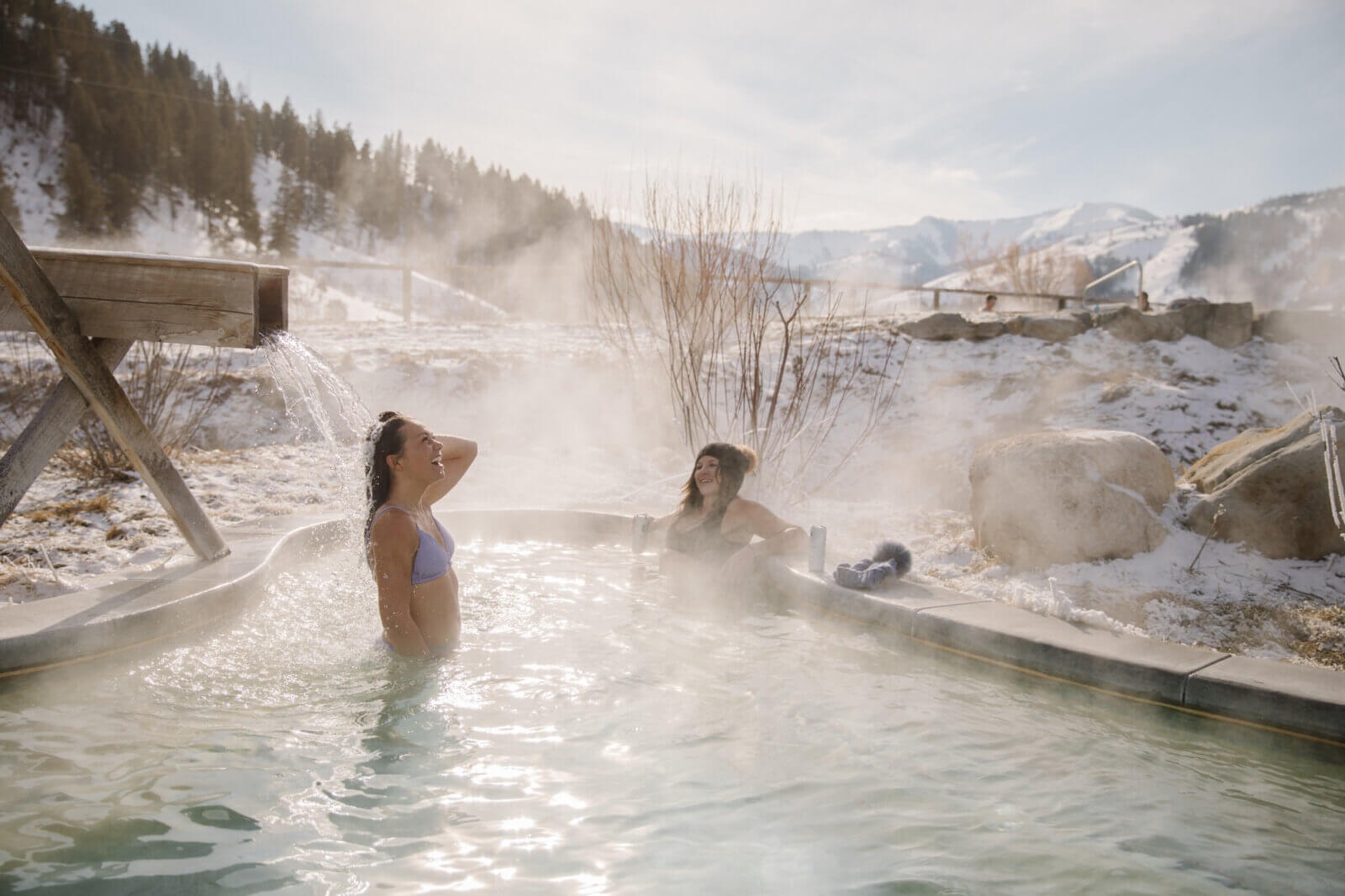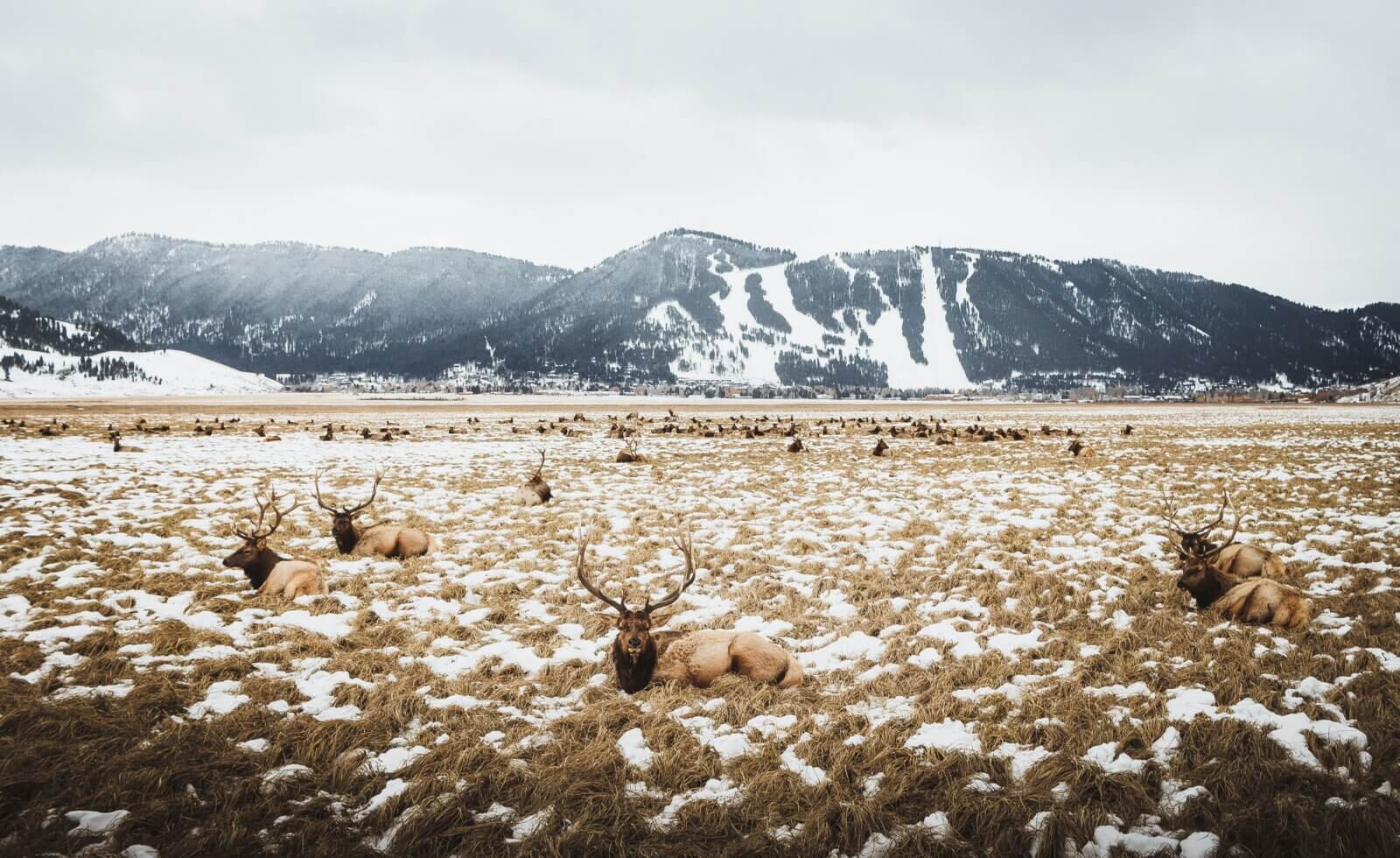Facts About Jackson Hole
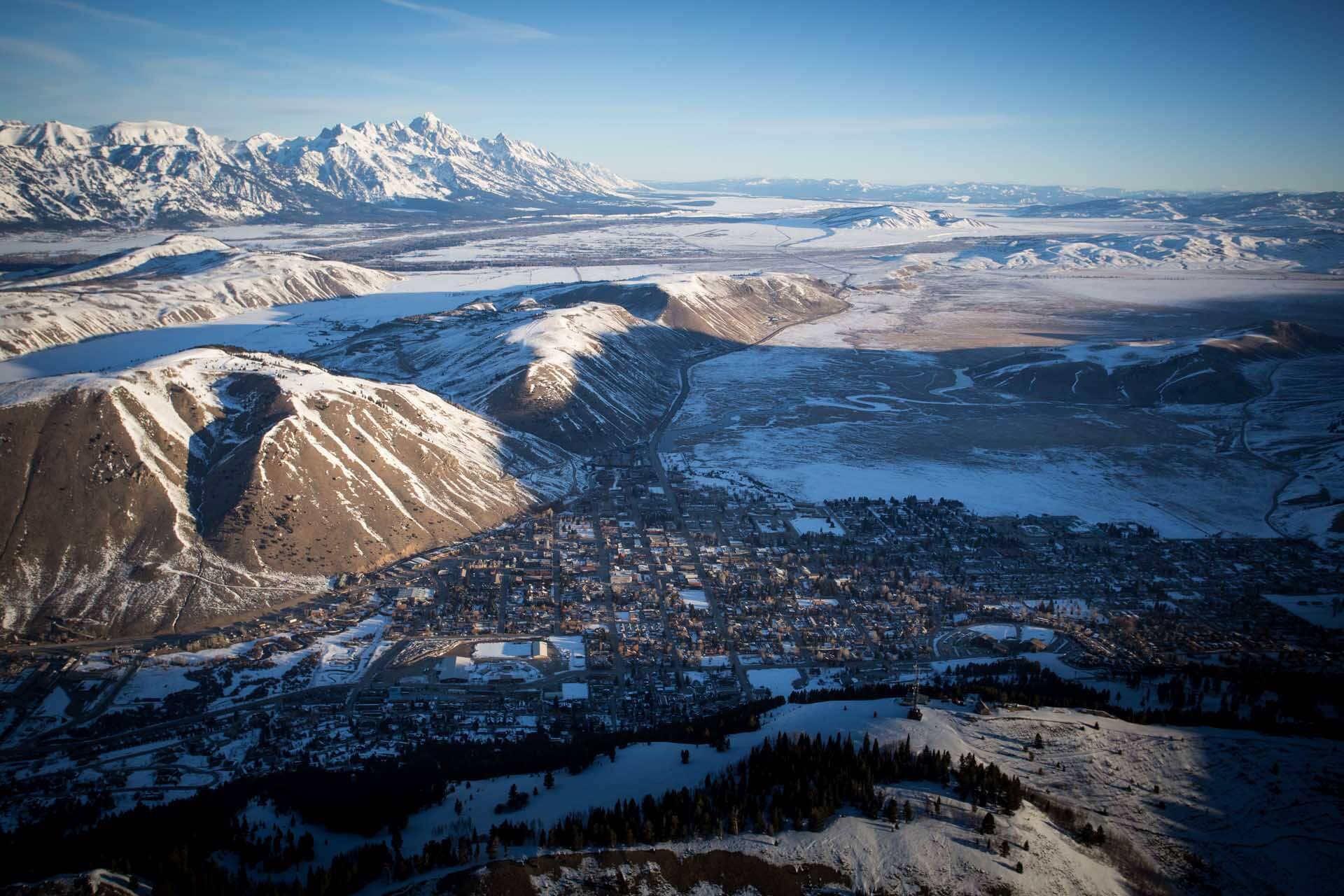
Once you visit Jackson, you’ll fall in love with this place as much as the locals have.
And the more you know about Jackson’s unique landscape, geography, culture, and ecosystem, the more you’ll enjoy your visit here. Read on to learn a little about public and protected lands, mountains and rivers, and abundant wildlife and plant life as well as the rare and fascinating geological features you’ll see on your trip.
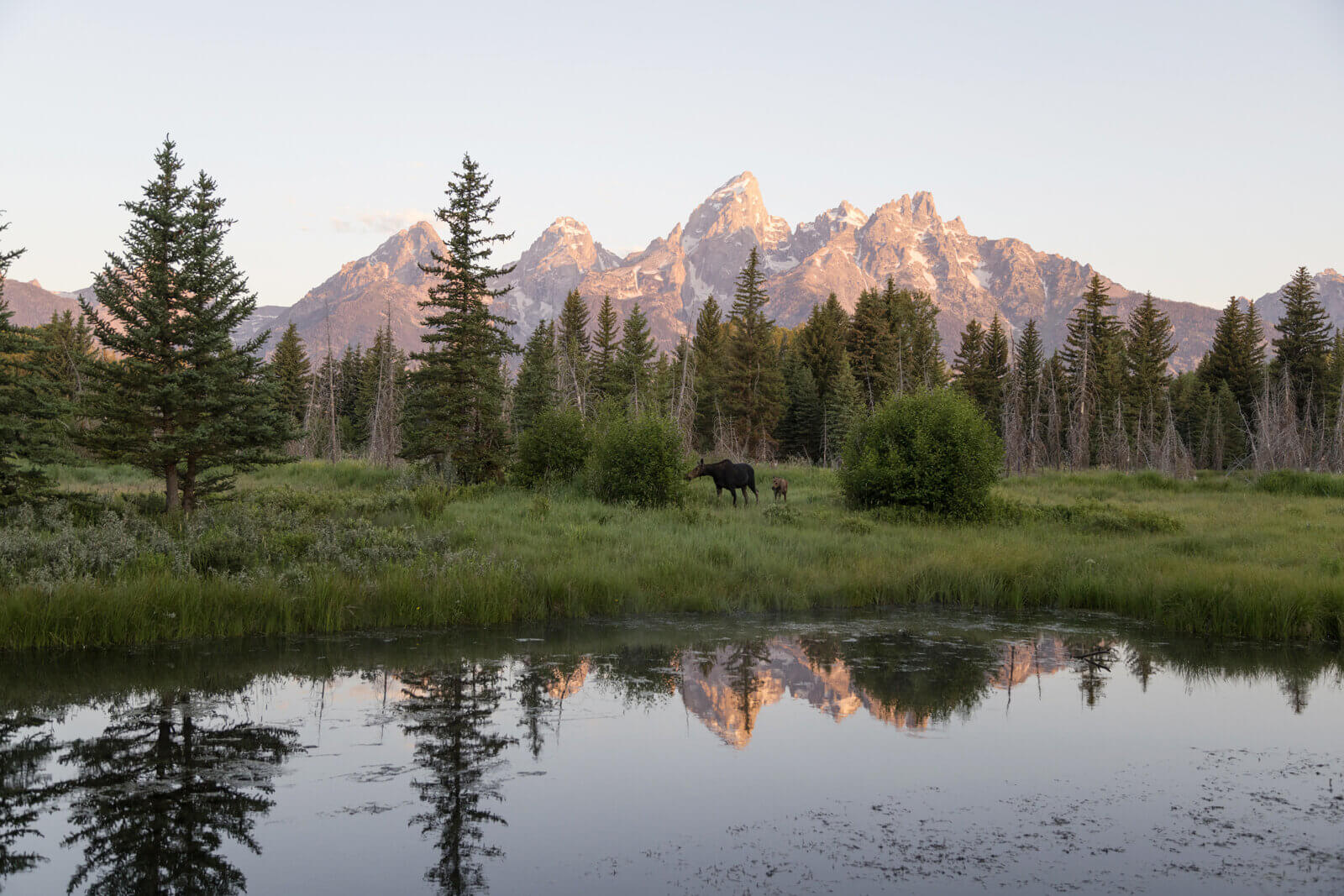
Protected lands
Jackson Hole is a gateway to Grand Teton National Park and Yellowstone National Park, and it’s home to around 11,000 years of human history. Twenty-seven different tribes are associated with the lands that are now called Yellowstone National Park, and the Yellowstone Tribal Heritage Center is an incredible place to learn about them.
Today, Teton County, Wyoming, is home to more than 23,000 residents and is made up of 97% public land, including two national parks, the 3.4 million acre Bridger-Teton National Forest, and the U.S. Fish and Wildlife Service’s National Elk Refuge. Of the 3% of the county that’s privately owned, many areas are protected by conservation easements that help preserve vital habitat, providing space for wildlife to roam and native plant communities to thrive. These protected lands also help safeguard critical water resources and other ecosystem services that benefit humans and animals alike, as well as preserve the stunning views we all enjoy.
Peaks and valleys
Teton County is around 4,000 square miles in size and includes the town of Jackson. The valley’s western side is defined by the Teton Range, which includes the prominent peaks of the Cathedral Group as well as Grand Teton, the tallest peak in this group at 13,775 feet. To the east is the Gros Ventre Range, and other nearby mountains include the Snake River, Wind River, and Wyoming ranges. The Snake River, which is designated as a Wild and Scenic River in many areas, winds through the valley, where the town of Jackson sits at an elevation of 6,237 feet.
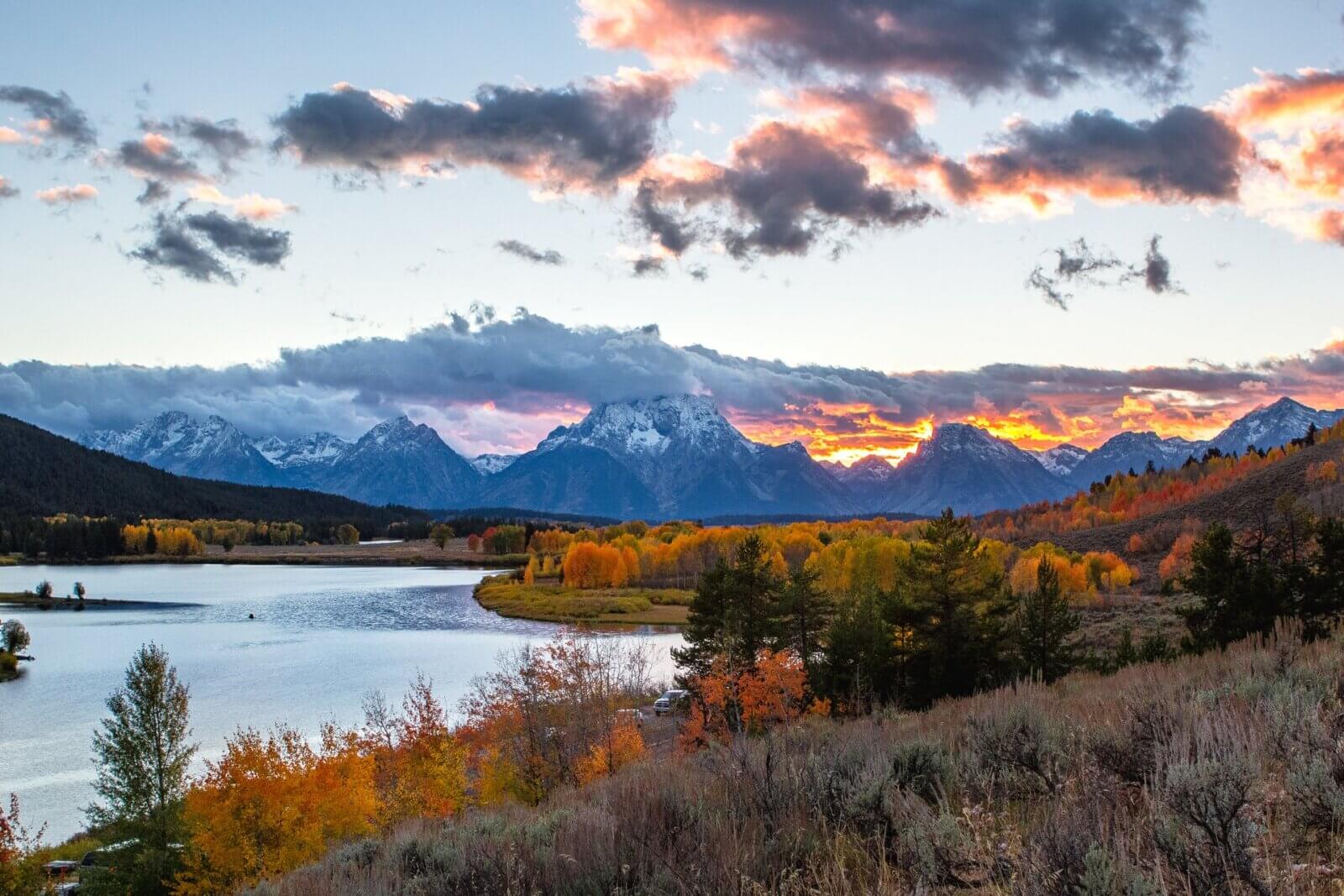
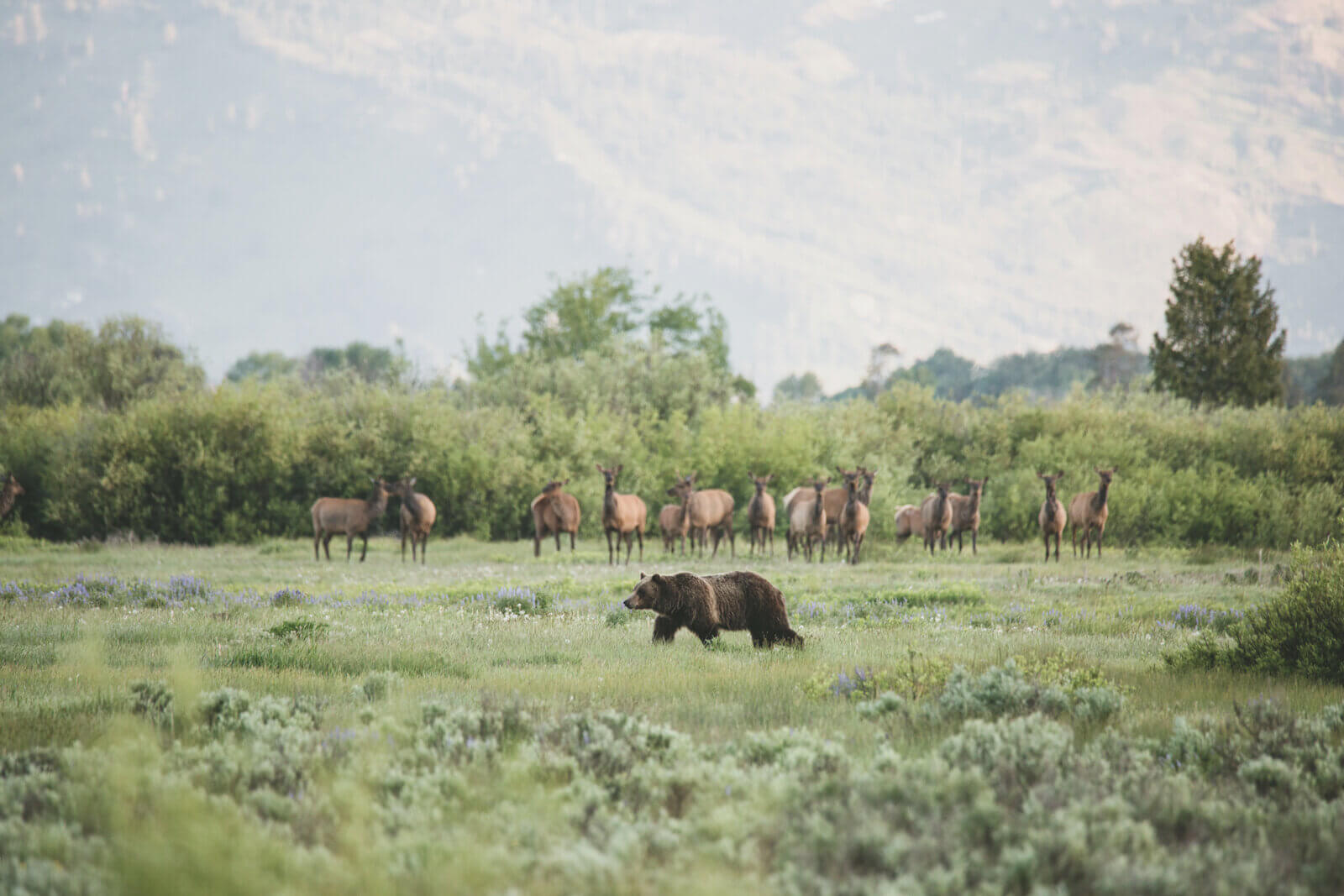
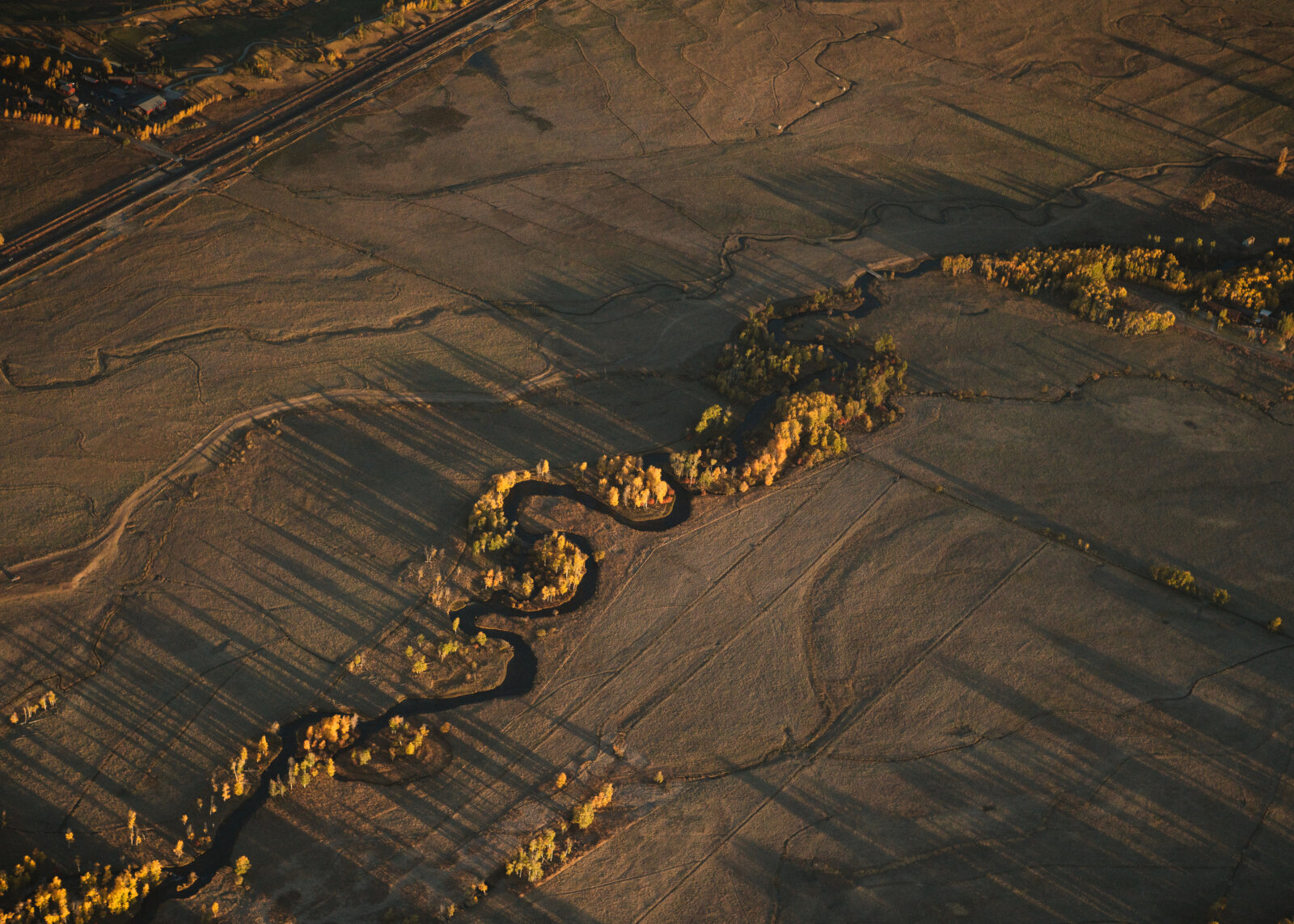
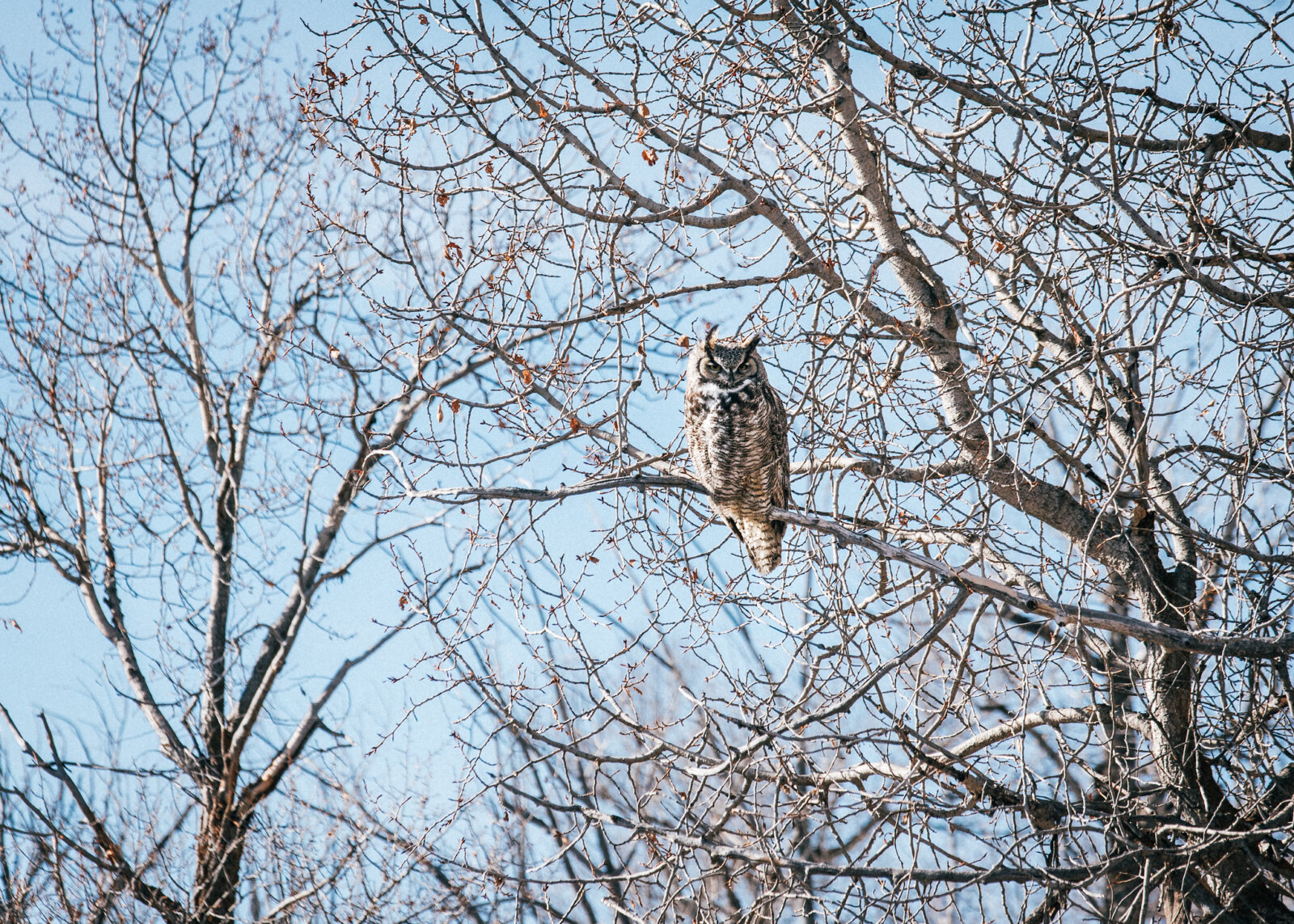
Wildlife: grizzlies to birds
Located in the Greater Yellowstone Ecosystem, Jackson Hole is home to abundant wildlife and a gateway to Yellowstone National Park, which has some of the world’s best wildlife viewing opportunities. Grand Teton National Park also has an incredible array of wildlife, with more than 60 mammal species and more than 250 bird species. Bring your binoculars and keep an eye out for grizzly and black bears, wolves, moose, elk, bison, coyotes, foxes, cutthroat trout, golden and bald eagles, osprey, and many other species. Watch for wildlife in town as well—moose are frequent visitors, and bears, elk, deer, and other animals come into developed areas at times. Know how to recreate in bear country, including bringing bear spray on hikes and bike rides, and be sure you know what to do if you encounter a bear or other wildlife.
Plant life: wildflowers, sagebrush, and trees
Teton County is estimated to have more than 1,300 native plant species that appear in different types of habitat, including forests, riparian areas, and sagebrush steppes. Wildflower season is short but incredibly vibrant. Keep an eye out for bright red and orange skyrocket gilia; larkspur in purple, indigo, and pink shades; and Indian paintbrush, which is usually a brilliant orange. Look for pink and magenta fireweed, purple monkshood, and alpine forget-me-nots, which can be pale blue, white, or pink. In the valley, sagebrush is abundant and fields of it are a great place to spot pronghorn antelope. Willows and narrow-leaf cottonwoods hug the Snake River, which is prime moose-watching territory. The forests are full of pines like whitebark, limber, and lodgepole as well as spruce and fir.
Geology: faults, earthquakes, and hydrothermal features
As part of the Greater Yellowstone Ecosystem, the Jackson Hole area has fascinating geology. The Tetons are a young mountain range that just started to uplift 10 million ago, compared to the Rockies, which are about 50 million to 80 million years old, and the Appalachians, which are around 300 million years old.
The Teton fault is 40 miles long, and you can spot evidence of it in Grand Teton National Park—be sure to take a peek at the fault scarp from the Cathedral Group Turnout. Earthquakes do occur in the region, with most being small. However, sometimes a larger one will come along, like the 1959 Hebgen Lake earthquake (magnitude 7.3) that unleashed a landslide that created a dam in the Madison River, leading to pooling that became Earthquake (Quake) Lake.
Yellowstone is well known for its more than 10,000 hydrothermal features, including 500 geysers and plenty of hot springs, mudpots, fumaroles, travertine terraces, and other fascinating features. Seismologists estimate up to 3,000 earthquakes occur in the Yellowstone area each year, though most are too small for people to notice.
Jackson and the Greater Yellowstone Ecosystem are like nowhere else on Earth. That’s why residents and visitors alike are working so hard to protect these incredible areas and preserve them for future generations. Enjoy these wonders on your visit and be sure to do your part to protect them too.
Adventure starts here.
View AllFrom awe-inspiring encounters with nature to wild and western activities every kind, Jackson Hole offers once-in-a-lifetime experiences, 365 days a year.
Eager to glimpse your first bear, moose, or wolf? Challenge yourself with a run down black diamonds or class III rapids? Hook an 18-inch cutthroat? Meet a real cowboy? Watch a Teton sunset? This place is full of experiences you won't find that at home, or anywhere else for that matter. In Jackson Hole, wild adventures aren't just possible—they're already here waiting for you.
